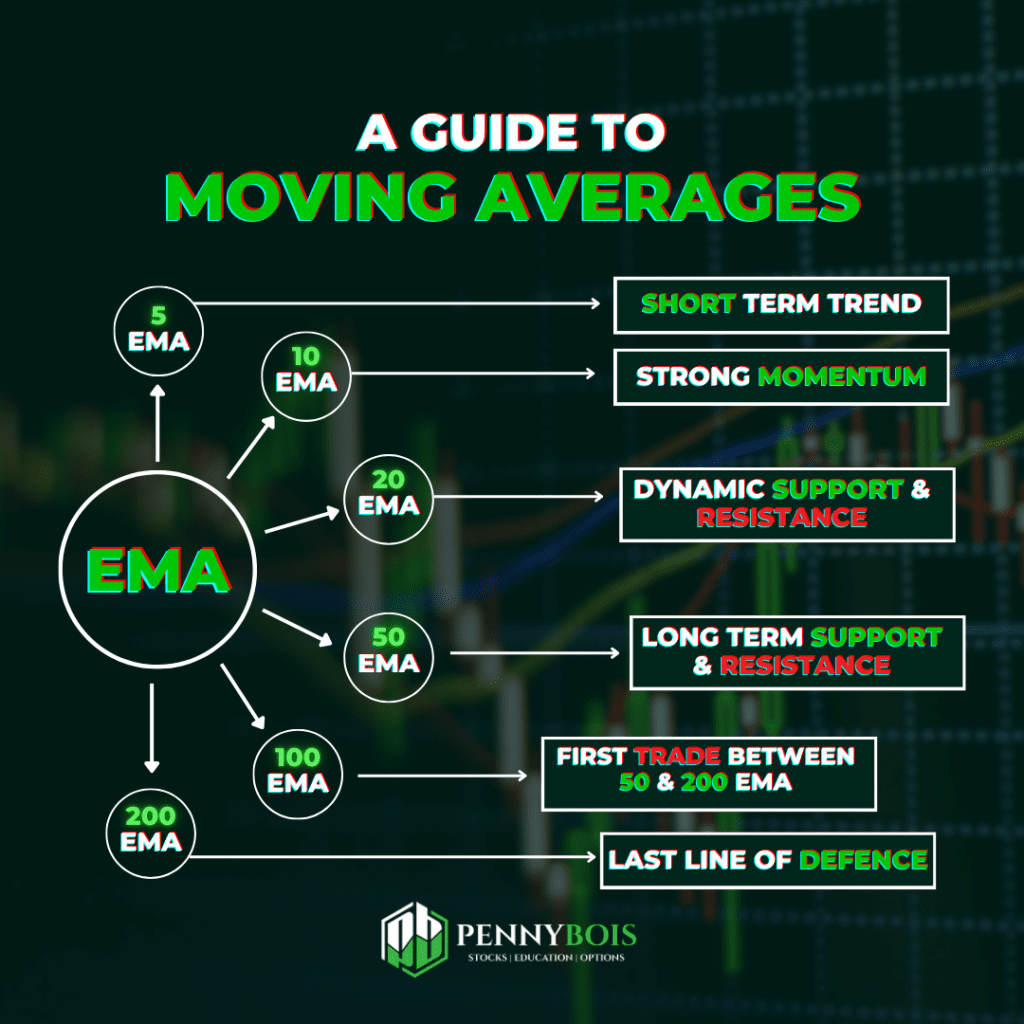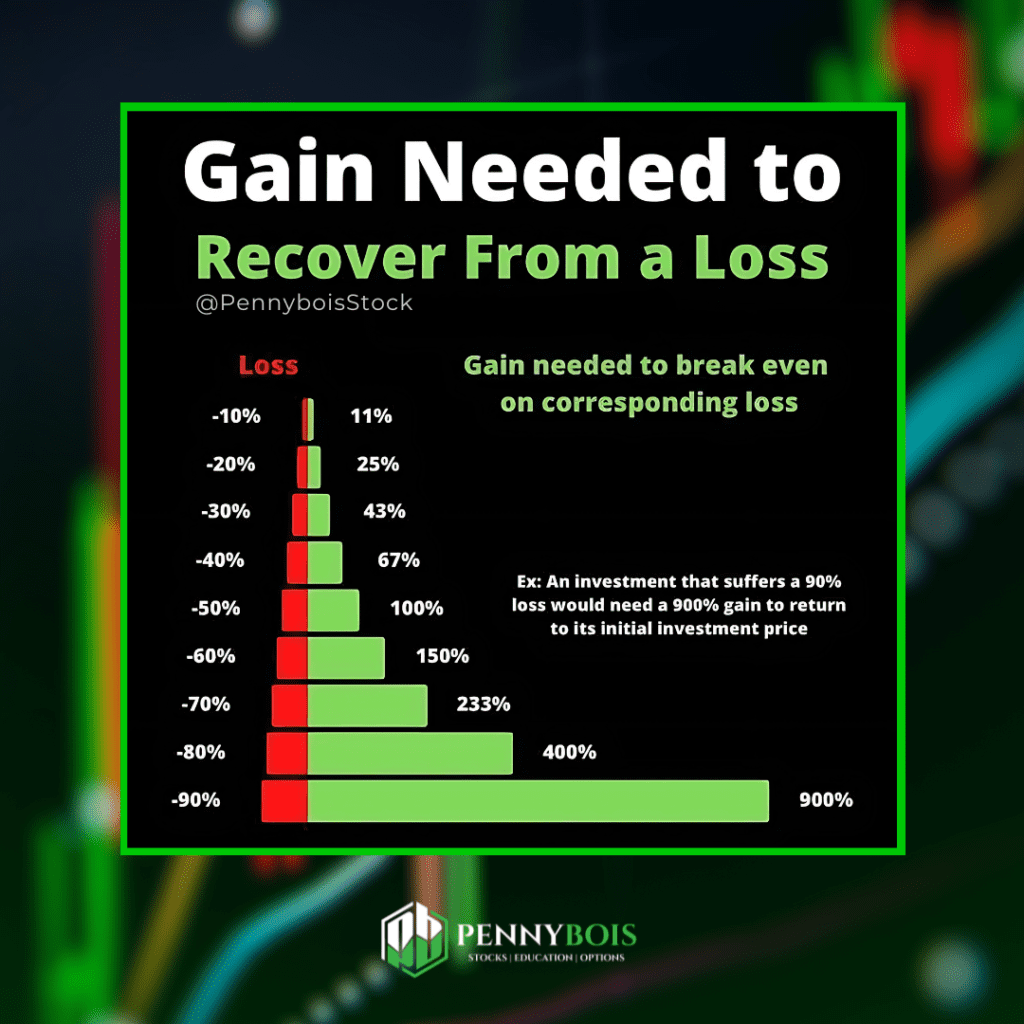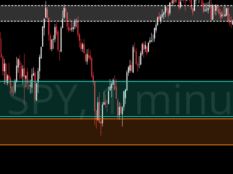Stop Blowing Your Portfolio With 1 Bad Trade
Position size management is a crucial aspect of successful trading. It involves determining the appropriate number of shares or contracts to buy or sell based on your risk tolerance and account size. By managing your position size effectively, you can protect your capital and increase your chances of long-term profitability. I use this in my $500 Account Follow Along on our Free Discord!

Understanding Risk Tolerance
Before diving into calculations, it's essential to determine your risk tolerance. This refers to the amount of money you're willing to lose on a single trade. For beginners, it's generally recommended to start with a low risk tolerance, such as 1% to 2% of your total account balance. For me my risk tolerance for my $500 account is 1%, meaning $5. That means that no matter what, using position size management, I will only lose up to $5 per trade if I hit stop losss.

Risk Tolerance = $500 * 0.01 = $5 (this is how much money you are willing to lose per trade, for us it’s $5)

Calculating Position Size
To calculate your position size, you'll need to consider the following factors:
- Risk Tolerance: Determine the maximum amount you're willing to lose per trade.
- Stop Loss: Identify a price level where you'll exit the trade if the price moves against you. This is your stop loss. Learn from a Trading Coach how to find these levels on the charts.
- Entry Price: Determine the price at which you plan to enter the trade.
- Here's the formula to calculate your position size: Posistion Size = Risk Tolerance / (Entry Price - Stop Loss).
- In “English” the above means: (The amount of shares you buy) = (The amount of money you’re willing to lose per trade) divided by (your entry price minus your stop loss price).
Let's say you have a $500 account and want to risk 1% per trade. This means that you only want to lose $5 if you stop out, which is 1% of your portfolio, which wouldn’t be a significant loss, hence risk management. You've identified a stock with an entry price of $25 and a stop loss at $22.
- Position Size = $5 / ($25 - $22) = 1.67 shares
Therefore, you would buy 1.67 shares of the stock to ensure that your maximum loss per trade is $5. If you hit stop loss, you are only out $5. This makes it much easier for your wins to outwieigh your losses. This strategy allows for you to base your stop loss off of a certain area on the chart, as opposed to stopping out when you’re X% down at a random price level.




